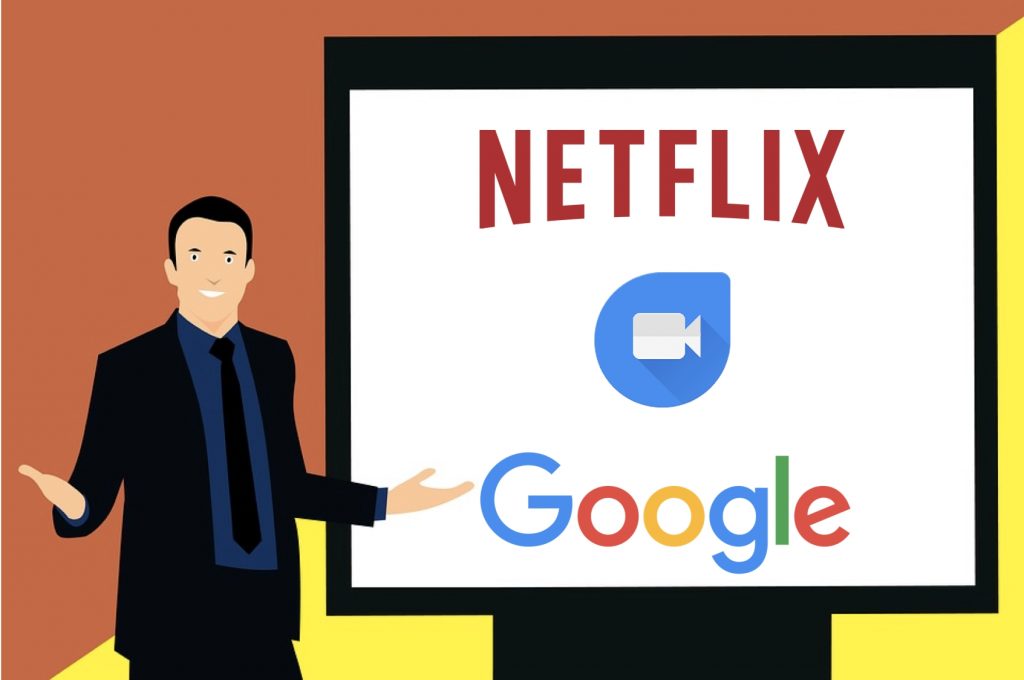Today’s multigenerational workforce is dominated by millennials who expect their LMS platforms to deliver the same user experience as a Google or a Netflix.
A famous quote states that to motivate employees to learn, you have to first get out of their way. We all remember times when we found a mandatory learning and compliance module in our inbox which was impossibly hard to sit through. On the other hand, it is so much more enjoyable to sit through learning courses that are self-chosen, tailor-made and personalised for us. So, how do companies bridge the gap between these approaches and integrate the same into their learning and development (L&D) programmes?
Today, the global L&D industry is worth $140bn and counting. In order to meet their human capital development objectives, companies must motivate employees to opt for learning management systems (LMS) often, and effectively. That is, however, easier said than done in the ‘attention economy’, where a hundred distractions exist. Modern digital services have transformed user expectations, with employees now demanding consumerised versions of training that are easy to access, available as micro and nano learning, and work seamlessly across devices.
Companies are thus turning to ‘Spaced Learning’—modules that can be completed in a few minutes and can be resumed at a later stage— without sacrificing value addition over different channels.
Moreover, today’s multigenerational workforce is dominated by millennials who expect their LMS platforms to deliver the same user experience as a Google or a Netflix. So, companies need to evolve the methods of learning delivery and make the learning experience engaging and intuitive for the modern consumer. And of course, they need to add value for a generation that is more focused on career advancement than ever.
Companies are thus turning to ‘Spaced Learning’—modules that can be completed in a few minutes and can be resumed at a later stage— without sacrificing value addition over different channels. At any given time, employees can access videos, courses, tutorials, podcasts, TED talks, webinars, research papers and so much more. Employers must embrace this disruption and enable the plethora of content availability as curated learning paths for employees. To excel at this, companies thus require platform-based learning models with high-quality micro-learning content that is pre-curated and available on demand.
Watch this to gain insights into best practice for aggregating, managing and promoting this content.
First and foremost, this model must deliver training content that is hyper-personalised, available on-demand for every employee, and can automatically sync across multiple devices that are generally used to access content by the multigenerational workforce. This involves embedding digital technologies that require significant investments, and companies should not shirk away from incurring such costs. Learning on-demand functions is a long-term investment for employees, and organisations should do all they can to provide personalised and hyper-segmented content in the 21st century.

Debasis Dutta
Second, employers must also focus on aggregating and curating learning content from multiple sources. IBM has released several studies stating that knowledge doubles every 12 months worldwide. Therefore, employees are constantly opting for tools that enhance their knowledge. Thus, employers must also adopt this methodology, and reach out to users where they go to learn. This can be done when their organisational development efforts support and leverage external learning activities by ensuring that they can bring in, curate and track non-traditional learning material from a wide range of sources—from YouTube to Massive Open Online Communities (MOOCs) to specific custom content appropriate for their organization.
Third, companies need to adopt xAPI, or Experience API technology and standardise the tracking of learning activities within their organization, and plug xAPI enabled content with their learning platforms. This will ensure that every digital click of the employees works towards their learning and development objectives by adapting to their unique learning needs. Companies can also encourage collaborative and social learning by integrating xAPI effectively. Maintaining Learning Record Stores (LRS) that track all digital activities and tailoring training accordingly within their learning ecosystem can allow companies to boost a learning culture and developmental opportunities for their workforce. By adopting xAPI technology and an xAPI conformant, LRS is a leap towards future value and ROI of their learning programmes.
None of this can be achieved without aggregating and analysing data around employee usage with preferences at the heart of it. Knowing what motivates workers can help organisations evolve their LMS platforms to satisfactorily meet the engagement needs of the 21st century platform economy.
Doing so also would encourage discoverability and peer recommendations, ultimately making the platform function successfully in a self-sustaining manner. Employees are equipped to build their own learning models based on their aspirations, and shape their career path. Employers, on the other hand, can stay ahead of the pack.
(The author is V-P & GM, product management at SumTotal Systems.)



